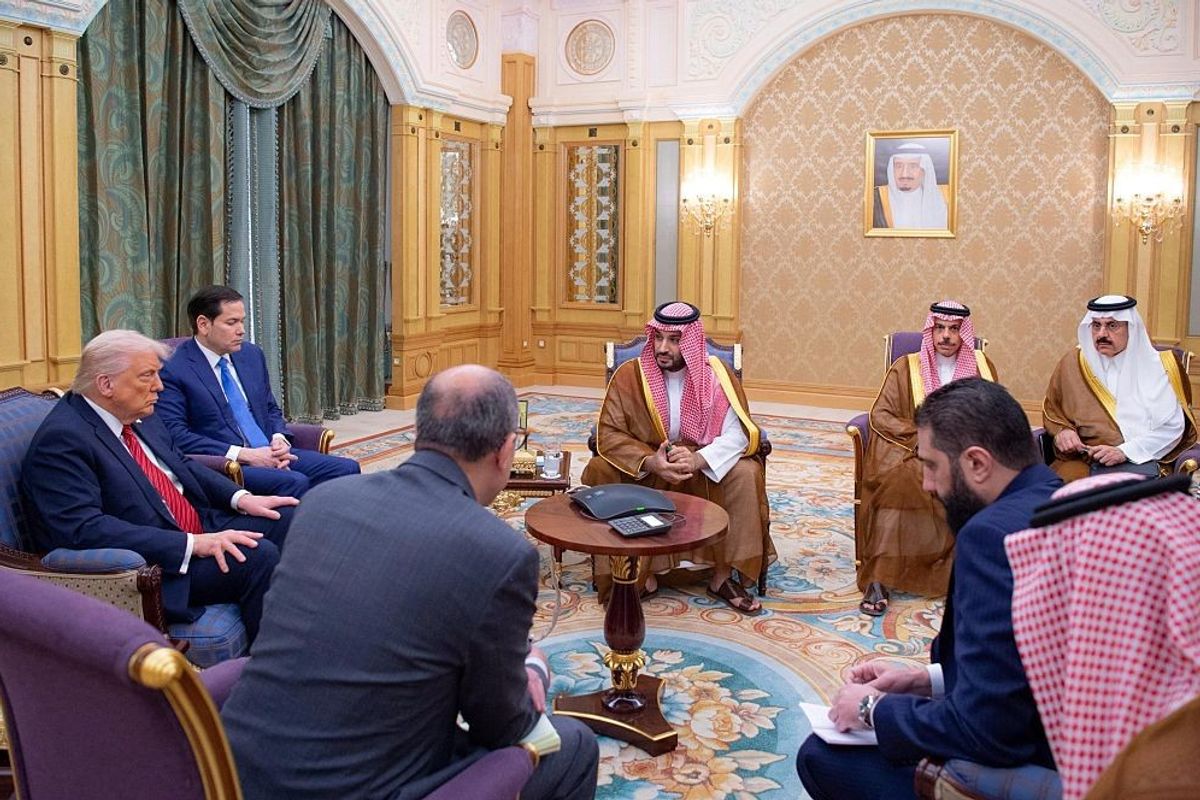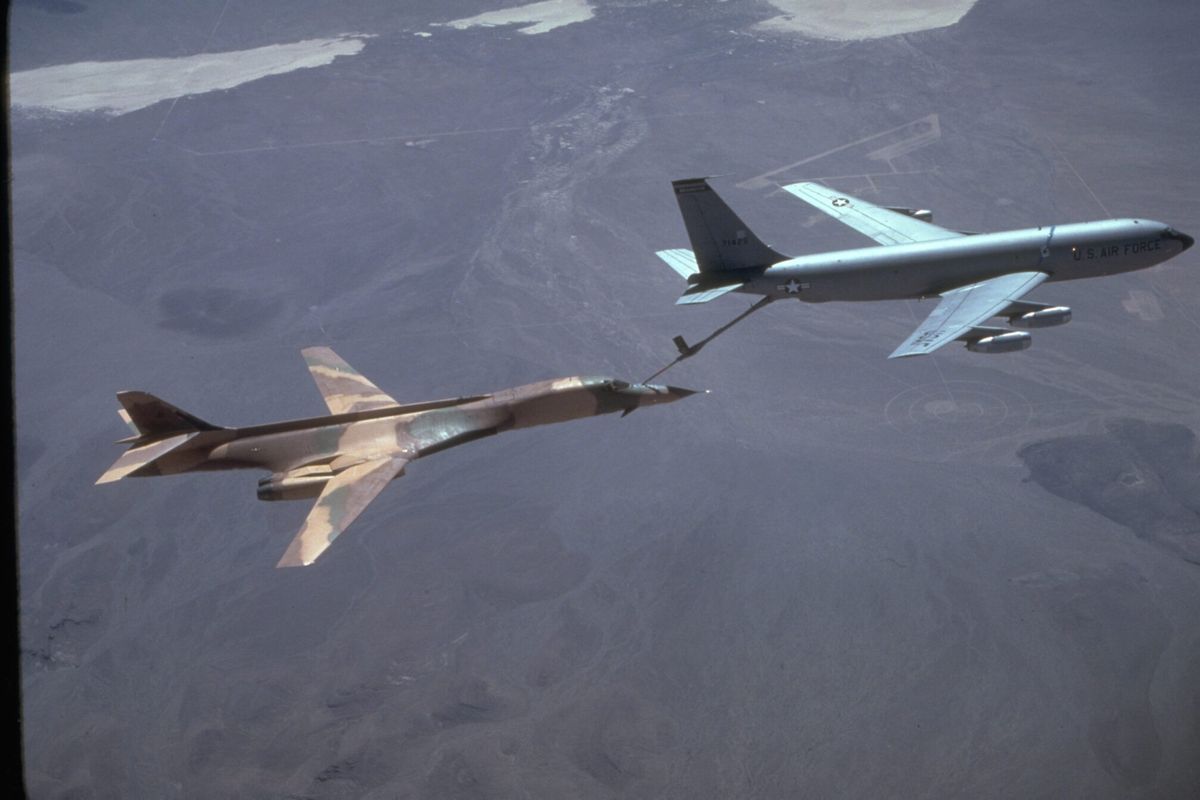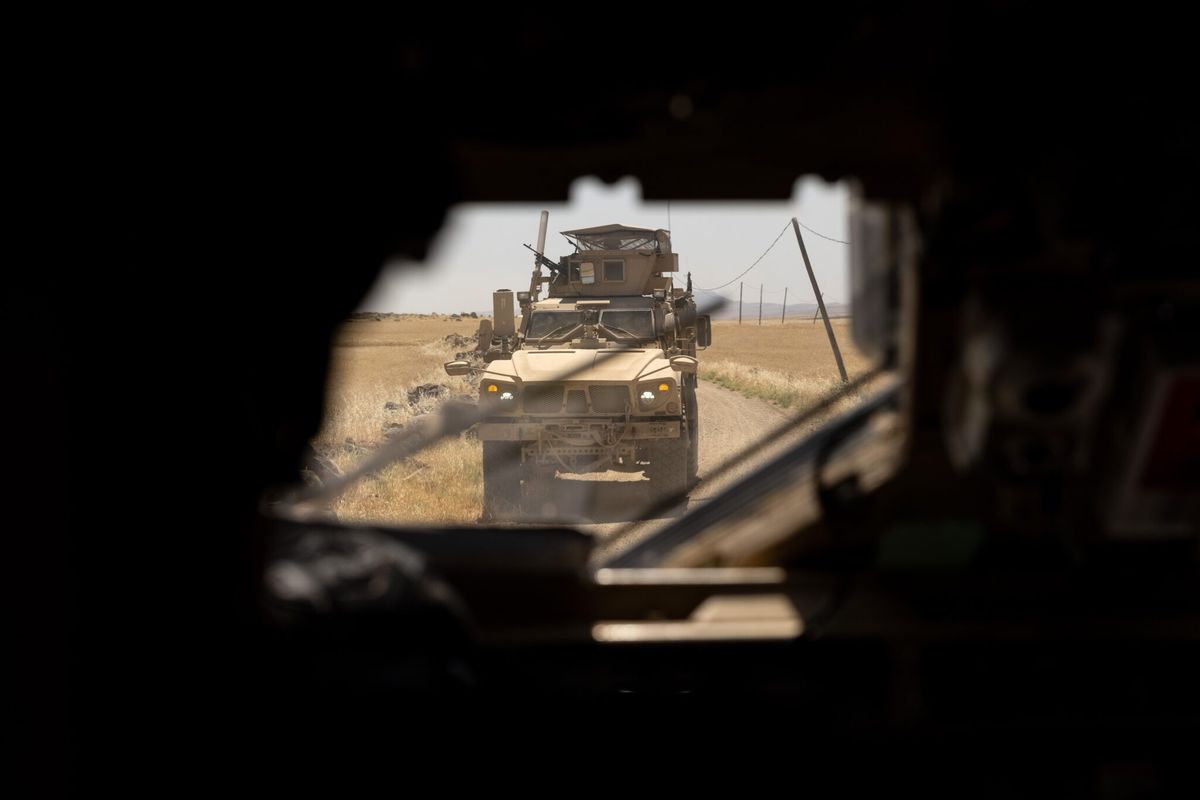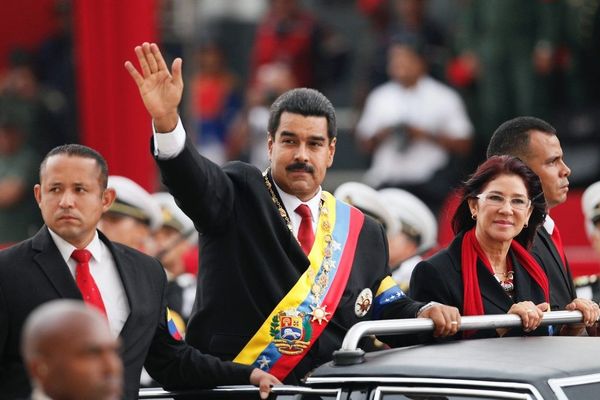The battle to liberate Mosul in Iraq from the tentacles of the Islamic State (ISIS) is turning attention away from Syria, where fighting continues to rage. And whenever attention to Syria is given, ISIS remains a key focus. This may be understandable considering ISIS—and not any other armed group in Syria—has been responsible for terrorist attacks around the world over the past two years. However, within the Syrian context, it is another group, Jabhat Fateh al-Sham, that is growing in influence and is likely to play a central role in the dynamics of the conflict and beyond.
Jabhat Fateh al-Sham is the new name adopted by the group that had originally called itself Jabhat al-Nusra. Al-Nusra first emerged in Syria in 2011, as rebels took up arms following the continued crackdowns by the Bashar al-Assad regime on protesters and due to the absence of concrete political or military intervention by the West. Al-Nusra was partly the product of Qatari funding and Turkish logistical support that were directed to Syria on the basis that jihadism would be the quickest way to topple the Assad regime.
In 2012, in a bid for increased funding and influence, al-Nusra declared that it had joined al Qaeda. But unlike the Islamic State organization that emerged later, al-Nusra’s membership remained largely Syrian despite the presence of foreigners in its ranks. Following al Qaeda’s model that is based on adopting a sensitive approach to local culture, al-Nusra did not take the same black and white approach to ruling areas under its control as the Islamic State did. Paying attention to the local context made al-Nusra much more popular in Syria than the Islamic State, with the two groups viewing each other as rivals, especially as they share the same ideology but disagree on the mode of its implementation.
Although the Islamic State managed to eclipse Nusra for almost two years following the declaration of its “caliphate” and its use of extreme violence, al-Nusra’s local connections in Syria eventually gave it greater strength. It also capitalized on the unpredictability of the behavior of the Islamic State to present itself as a more favorable alternative to the population. Also, contrary to the military tactics used by ISIS, which are deeply rooted in secrecy, al-Nusra was open about who among its military leaders was fighting on the frontlines. And while the Islamic State mainly fought the Free Syrian Army (FSA), al-Nusra mainly fought the Syrian army. Being seen as able to deliver militarily boosted its credibility, and al-Nusra began to attract more fighters to its ranks.
The military might of al-Nusra allowed it to play a key role in the takeover of the governorate of Idlib in March 2015. Its presence in the area grew beyond military activities, as it began to set up its own institutions and became involved in governance. It soon became clear that al-Nusra was adopting a model similar to that of the Islamic State – a model based on service delivery, not just military protection, as a way to rally support – but implemented with less brutality.
When Russia began its air campaign in Syria in September 2015, it declared that al-Nusra would be one of its targets. Attacking al-Nusra was a way for Russia to try to weaken a group that was growing in influence and displayed signs of political ambition. But ultimately, the attacks only served to strengthen al-Nusra. It had already formed an alliance of convenience with another major rebel group, Ahrar al-Sham, under the umbrella of the “Army of Conquest” (Jaysh al-Fateh), supported by Gulf countries and Turkey.
In July 2016, al-Nusra, with the blessing of al Qaeda’s leader Ayman al-Zawahiri, announced that it was no longer part of al Qaeda. This amicable split paved the way for the group, now known as Jabhat Fateh al-Sham, to increase the scope of its cooperation with other rebels in Syria. With Russia as a common enemy, more rebel groups on the ground rallied to support Jabhat Fateh al-Sham in the northern city of Idlib.
The Russian-led offensive on eastern Aleppo was another driver for the growth of Jabhat Fateh al-Sham. The group deployed fighters to the battle front, and with the decrease in funding and the already meagre support for the Free Syrian Army given by the West, some individuals and factions within FSA ranks, the most prominent being Harakat Noureddine Zanki, defected to the better funded and more effective Jaysh al-Fateh.
As such, Jabhat Fateh al-Sham’s rebranding, the Russian campaign, and the attack on Aleppo all served to increase the strength and influence of the group. In October 2016, it added thousands of fighters to its ranks when Jund al-Aqsa, a jihadist rebel group that for a while was close to ISIS, merged with Jabhat Fateh al-Sham.
But the story is not simple. The merger of hardline Jund al-Aqsa has been a cause for alarm among factions like Zanki, who had joined Jabhat Fateh al-Sham out of pragmatism rather than ideology. Furthermore, though military allies, Ahrar al-Sham and Jabhat Fateh al-Sham are also competing for control of administrations in Idlib.
Despite these complications, it is clear that what is benefitting Jabhat Fateh al-Sham the most is the continuation of the conflict in Syria. Right now, the group’s influence is limited to Idlib, with growing presence in other areas like Aleppo. But the weaker the FSA becomes and the more Russia and its allies continue to attack opposition areas, the more that the various rebel groups on the ground will be pushed to overcome their differences and coordinate in the face of a greater enemy – moves that will amplify Jabhat Fateh al-Sham’s influence. And the longer the conflict lasts, the more time Jabhat Fateh al-Sham will have to continue to take over Syrian institutions from within. With no solution to the conflict on the horizon, it is likely that Jabhat Fateh al-Sham will eventually morph into one of the major political, not just military, players in Syria.













